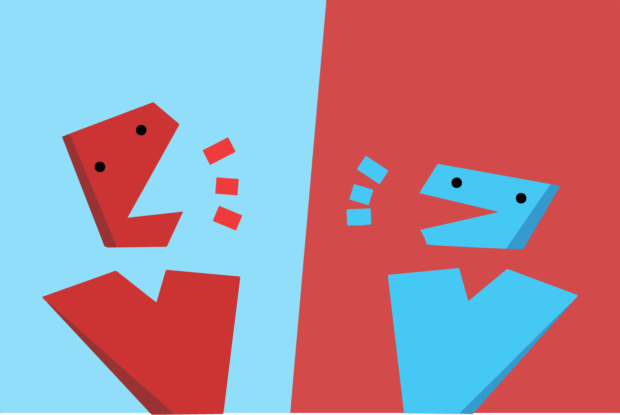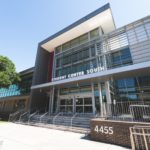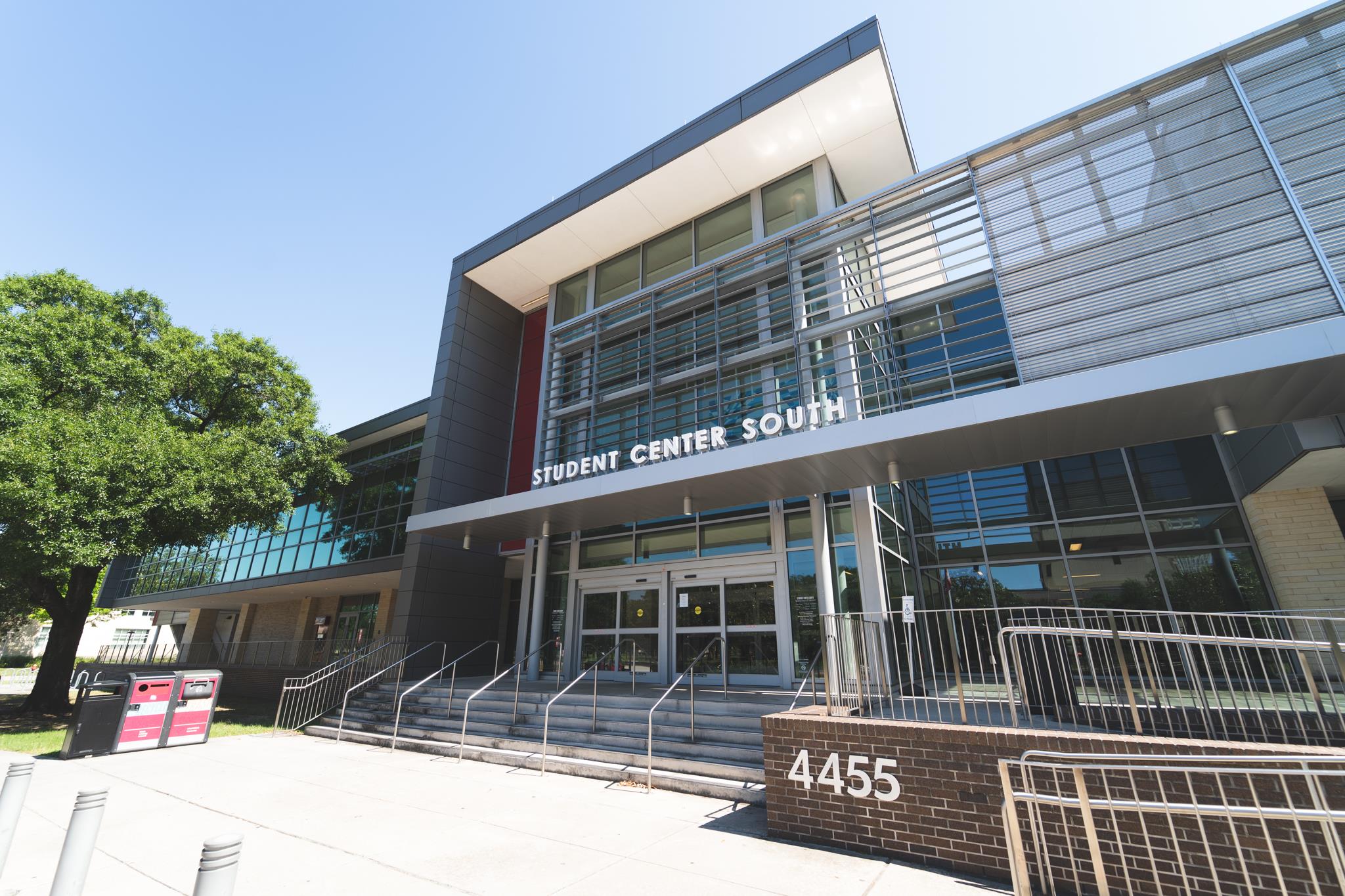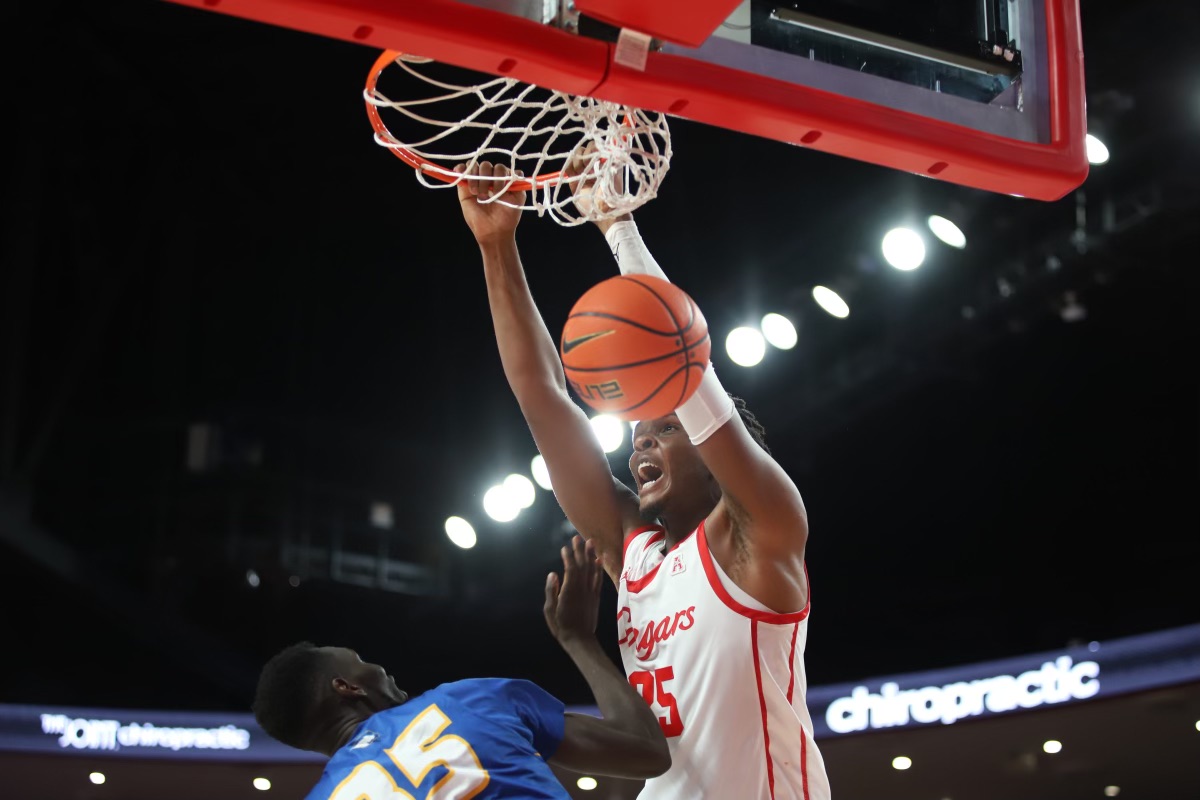For months now, I’ve been dreading the coming of September, as I do every year. This year — an anniversary year — I knew would be much worse for me. I was newly one-year-old on Sept. 11, 2001. I don’t remember it. I don’t know where I was. I will never be psychologically affected by watching the towers fall on live TV (or even in-person) as many others have been. I don’t want to take anything away from them or their experiences. 9/11 uniquely affected Black and brown people, an often overlooked fact in our “never forget” and “national unity” rhetoric.
It’s clear that 9/11 was one of our country’s greatest national tragedies. But we are rarely allowed to discuss its less immediately visible consequences. Perhaps some are afraid of offending others or disrespecting the victims or their families. Let me be clear: Those people who lost loved ones on 9/11 deserve their day to grieve in peace. But if you’re someone who is getting sucked into the national unity narrative once again, I challenge you to interrogate the nuances of that narrative and its roots.
I genuinely want to know why the lives lost in Iraq and Afghanistan in the 20 years since 9/11 are simply news noise to us. Are we okay with violence when it’s “them” and not “us”? I want to know why we still use the word “terrorist” primarily for perpetrators of violence who proclaim themselves to be Muslim. I want to know why people in this country and around the world still fail to connect the dots of the rise in hate crimes against Muslim communities since Sept. 11, 2001. I want to know why my Arabic textbook is calibrated to teach me intelligence phrases like “United Nations” and “army officer” before we even learn colors. And I want to know why when I went to a language coordinator with this concern, she said to me: “Who knows, maybe those phrases will be more useful to you.”
9/11 is a day of profound grief for us, too. Who is “us”? Muslims, Arabs, Sikhs, South Asian people or any Black or brown person who was in the wrong place in the wrong outfit in the wrong lighting at the wrong time. Many marginalized groups became an amalgamated target for hate in the wake of 9/11 — but the American mainstream has largely ignored this reality to accommodate a more hopeful post-9/11 national narrative. 9/11 is a day of intense emotion and sadness for all of us. But we — people of color — do not feel welcome to talk about the layers of our sadness nor the reasons for our anger.
I’m not allowed to say that just hearing the words “terrorist attack” gives me a knot in my stomach, not just because it’s a sickening thing to hear in general, but also because whenever it happens, I have to pray that the perpetrator wasn’t an “Islamic” organization. Because when that inevitably happens, people twice my age expect me to explain the attack to them. It’s strange to me that people still don’t understand the inherent racism of asking me, an American-born Egyptian, about it. What more about terrorism am I expected to know than them? Sometimes, it just feels like they want me to rationalize and explain the terrorists’ logic for them. That’s not something I’m willing to do.
It’s been frustrating to grow up in the post-9/11 era. Despite having no recollection of the events, I am nevertheless subject to their consequences. A number of strange and upsetting things happened when I was a little kid and I didn’t know why. That was just the world we lived in, I guessed. I was fortunate enough not to have been personally attacked with violence, but the damage manifested in other ways. Growing up as an Arab-American, the first time I heard about the Arab world, aside from news about my relatives, was when my father showed me the newspaper’s recent accounts of the Iraq War.
I grew up watching a lot of movies and TV. That type of media has made me into who I am. It is what I love. But I never saw an Arab character on TV. I only saw Arab characters in film roles as terrorists. And that made me ashamed to be an Arab because it told me that the only way the people I loved — my family and my relatives — would be seen by the artform I held so dearly was as that awful, awful thing. We couldn’t be inventors, intellectuals, innovators or upstanding citizens of any kind.
So, 20 years after our heartbreaking national tragedy, and 21 years into my life, I’ve started trying to process all of that. It hasn’t been easy. Especially not when your high school choir director announces to a room of 60 students that 9/11 “brought our country together” and you don’t have the strength, the nerve or the comprehension to tell him you have no idea what he’s talking about. Especially not when Paul Krugman tweets that there was no significant rise in hate crimes against Muslims after 9/11. Especially not when a language coordinator tells you that she thinks Arabic is primarily useful to communicate with intelligence officials, not to learn in its own right.
I don’t want it to seem like I don’t think people should be posting “never forget.” Of course they should. Especially the people who lived through it, who will never be able to forget. Everyone has a right to grieve — for their own specific reasons, and in their own specific way. For all Americans, 9/11 was an unspeakable tragedy that shook this country to its core. But many non-white people also have to carry the burden of its racist aftermath. The current 9/11 narrative must not obscure that fact — that’s all I’m asking for.







 As with most abstract concepts, the language we use to approximate mental health shapes our attitudes toward it. In the case of mental health, this often results in growing up with stigma.
As with most abstract concepts, the language we use to approximate mental health shapes our attitudes toward it. In the case of mental health, this often results in growing up with stigma.

 Climate change-related anxiety is now a worldwide phenomenon, especially among young people. Generation Z must grapple with the burden of being the ones that must solve climate change.
Climate change-related anxiety is now a worldwide phenomenon, especially among young people. Generation Z must grapple with the burden of being the ones that must solve climate change. If we are to thrive as students, it is wise to prioritize our mental health. UC Berkeley has a plethora of special mental health and emotional wellness services, available to all students, staff and faculty, that may help you on your journey.
If we are to thrive as students, it is wise to prioritize our mental health. UC Berkeley has a plethora of special mental health and emotional wellness services, available to all students, staff and faculty, that may help you on your journey. We have all felt some form of loss from the pandemic. Life, loved ones, whatever it may be, we are all entitled to our emotional responses to loss and to trauma.
We have all felt some form of loss from the pandemic. Life, loved ones, whatever it may be, we are all entitled to our emotional responses to loss and to trauma.

 As studies continually investigate the correlation between social media usage and mental health, we have become acutely attuned to the deeper reality behind the screen. Modern online platforms now hold the power to use us as much as — and sometimes even more than — we use them.
As studies continually investigate the correlation between social media usage and mental health, we have become acutely attuned to the deeper reality behind the screen. Modern online platforms now hold the power to use us as much as — and sometimes even more than — we use them.



